Thua Thien - Hue Researchers determined that the Nam Giao altar under the Tay Son dynasty was temporarily built on Ban mountain, where Nguyen Hue ascended the throne.
On the afternoon of June 16, the Department of Culture and Sports of Thua Thien Hue province coordinated with the National Museum of History to report preliminary results of the second phase of archaeological excavation of the Ban mountain relic - Nam Giao altar during the Tay Son period (in An Tay ward, Hue city).
Based on the traces of stone and brick foundations discovered in the first phase of excavation in July 2022, experts from the National Museum of History expanded the excavation pits and developed them on the sides to clarify the scale and structure of the base of the Ban Mountain Altar. The excavation aims to determine the scale and original structure to serve the conservation work and to build this relic into a special national relic.
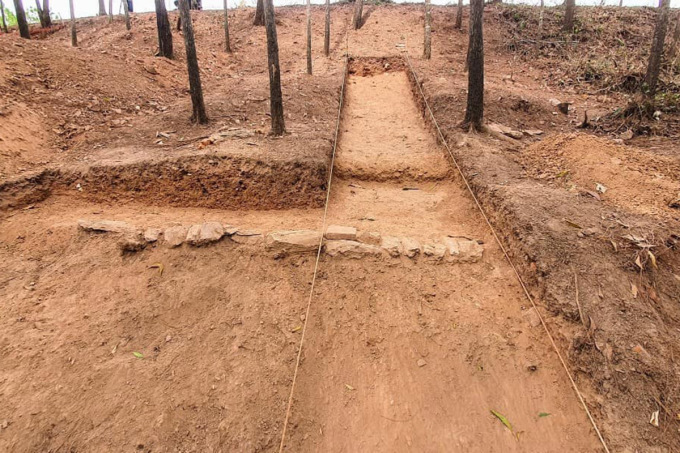
The Ban Mountain area is being archaeologically excavated. Photo: Van The Hue
With the excavation area expanded to over 200 m2 in phase 2, along with the stratigraphic changes and traces of the foundation embankment exposed, new perceptions have been brought about, more clearly defining the scale and structure. From the two holes dug in the center of the altar, experts determined that the Ban Mountain altar was originally a natural rock mountain that was renovated and split into a 3-storey altar in the shape of a truncated cone. The surface of the floors is all filled with pure yellow clay, mixed with pebbles and crushed stone. In addition to the sides of the altar which are natural rock cliffs, many locations were built and supplemented with bricks and stones to form an octagonal ground plan (each side is 32-33m long).
The first floor has a surface of nearly 8 m wide to the North and East, with the West side narrowing to 6.8 m and the South side expanding to 9.7 m. The second floor has a surface of 6.5-7.1 m wide. Meanwhile, the top third floor - where Emperor Quang Trung held ceremonies - has a round, nearly egg-shaped shape with a diameter of 19 m from North to South and 17.8 m from East to West, with a flat floor. The relics found are sandstone in the form of light yellow blocks or blocks, or light purple, blue-gray, and white-gray slate interspersed with broken bricks. The bricks are dated to the 18th century.
From the results obtained, experts assessed that the Tay Son altar in Ban Mountain had a simple construction technique, taking advantage of the natural rocky terrain, which was split and built to create a special scale and structure. This clearly reflects the urgent nature in the construction of the altar, the coronation of Bac Binh Vuong Nguyen Hue. Although urgent, the contemporary designers still had a sense of planning, bringing harmony, balance and ensuring the theory of three talents "Heaven - Earth - Human" with 3 circular floors above on Ban Mountain.
The octagonal base of the altar is a unique difference never seen before in other types of altars in the world. Also in this excavation, experts discovered traces of a system of steps going up and down in the northwest of the altar. This shows that it is suitable for feng shui factors, directly related to the destiny and age of Bac Binh Vuong Nguyen Hue.
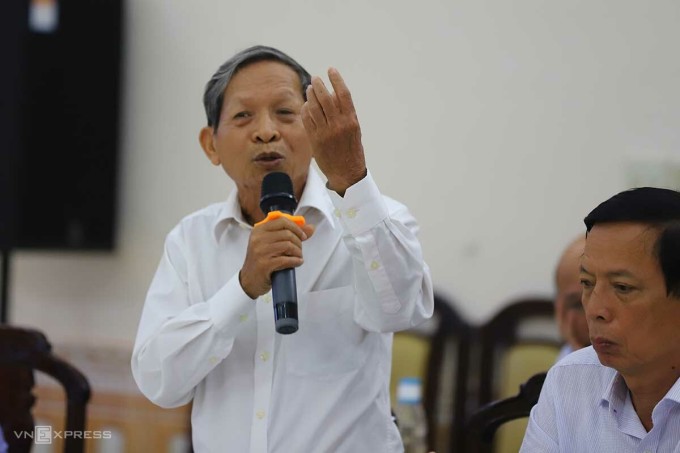
Researcher Do Bang gives his assessment. Photo: Vo Thanh
Historical researcher Do Bang, former Chairman of the Historical Science Association of Thua Thien Hue province, said that it is necessary to conduct a third phase of archaeological excavation at Ban Mountain to determine more clearly the shape of the Nam Giao Altar during the Tay Son period. At the same time, a plan should be developed to protect the initial exposed traces due to the rainy weather in Hue.
"This altar is very unique and special, associated with the place where King Quang Trung ascended the throne. The provincial Department of Culture and Sports needs to soon complete the dossier to propose this place become a special national relic, and soon clear the tombs and houses of the surrounding people," Mr. Bang suggested.
Dr. Phan Thanh Hai, Director of the Department of Culture and Sports of Thua Thien Hue province, said that the archaeological excavation of the Ban Mountain relic in phase 2 has partly determined the structure of the Tay Son Dynasty altar in Ban Mountain. The expansion of the archaeological excavation in phase 2 has helped the unit and researchers to have a clearer understanding in building a dossier to propose the Prime Minister to recognize this place as a special national relic.
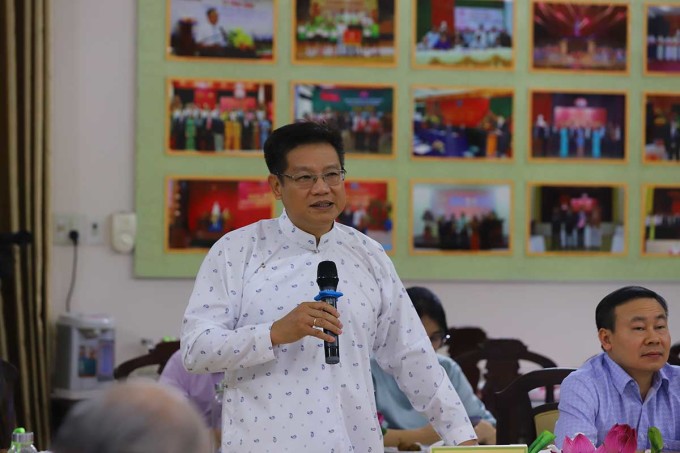
Dr. Phan Thanh Hai, Director of the Department of Culture and Sports of Thua Thien Hue province. Photo: Vo Thanh
Ban Mountain has other names such as Hon Thien (Thieng), Ba Tang Mountain, Ba Vanh Mountain, 43 m high, located south of Ngu Binh Mountain. At the end of 1788, Bac Binh King Nguyen Hue held a coronation ceremony, taking the reign name Quang Trung here, then led his troops to the North to defeat the Manchu army led by Ton Si Nghi.
Over the past nearly 100 years, the Ban Mountain relic has created the Ban Mountain relic along with building a square and a monument of Emperor Quang Trung with a total area of more than 25,000 m2 right next to it.
Vo Thanh
Source link


![[Photo] Ho Chi Minh City: Many people release flower lanterns to celebrate Buddha's Birthday](https://vphoto.vietnam.vn/thumb/1200x675/vietnam/resource/IMAGE/2025/5/10/5d57dc648c0f46ffa3b22a3e6e3eac3e)
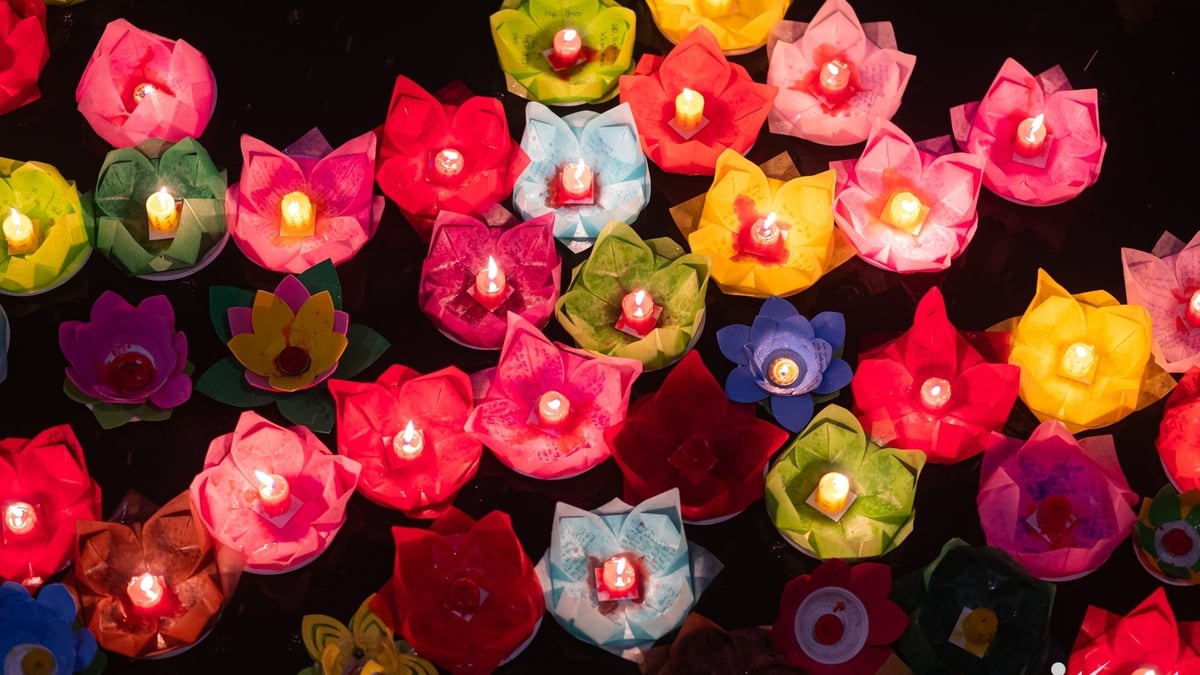
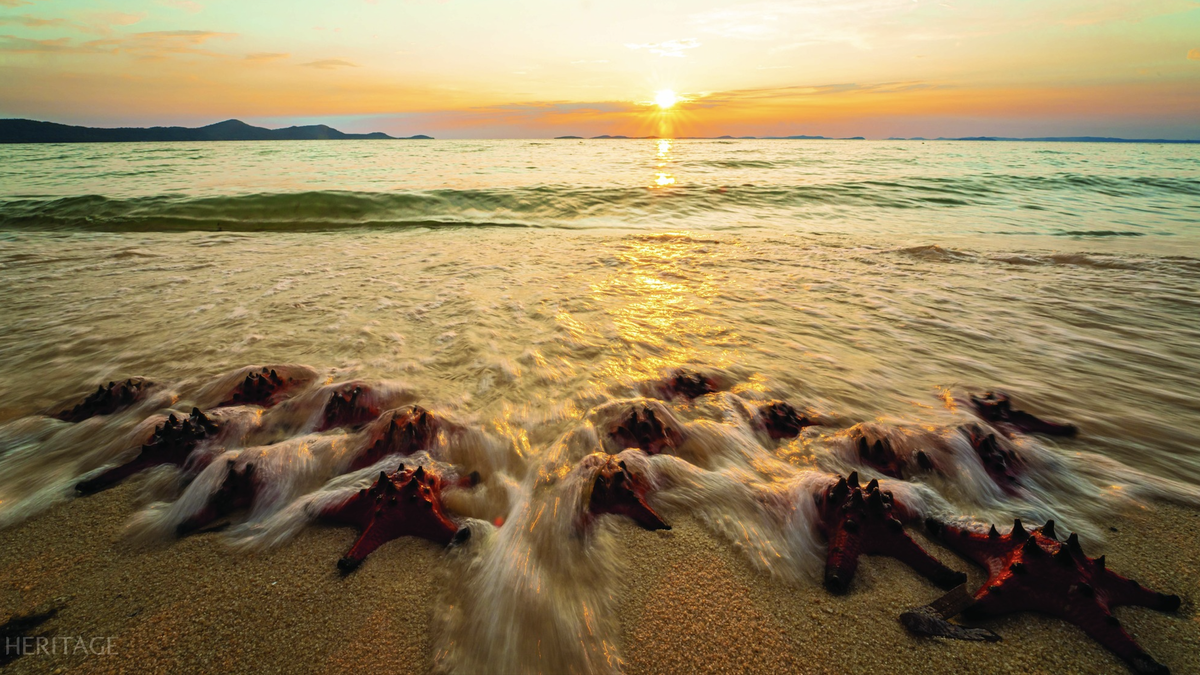


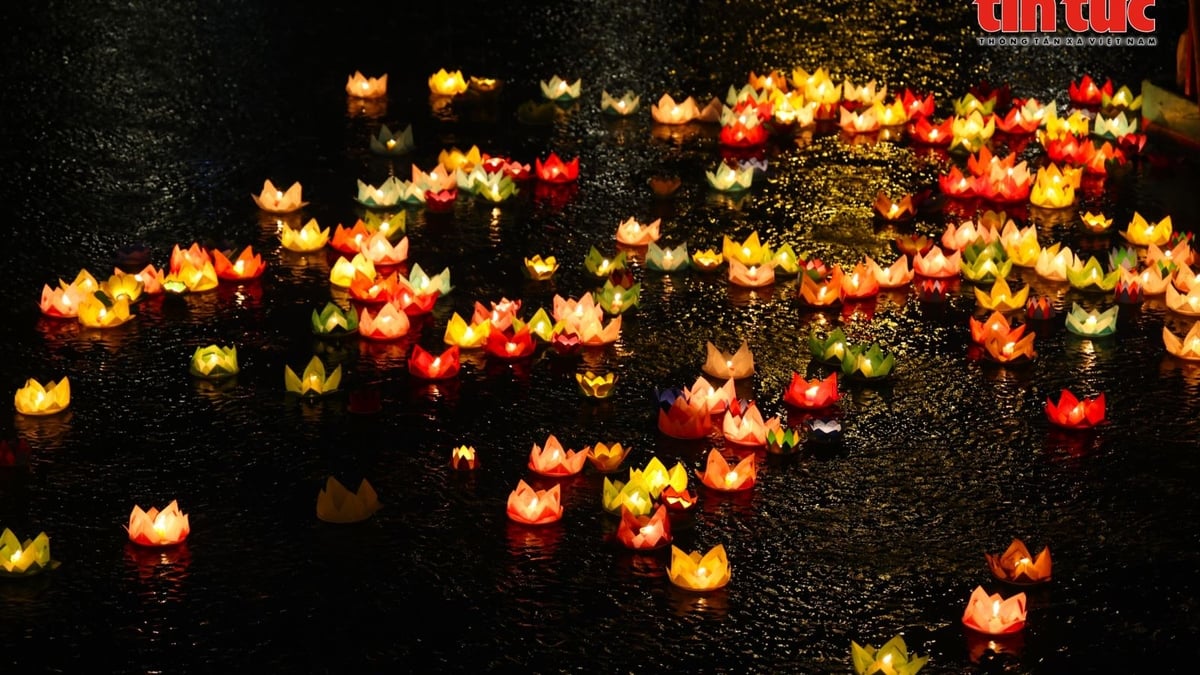


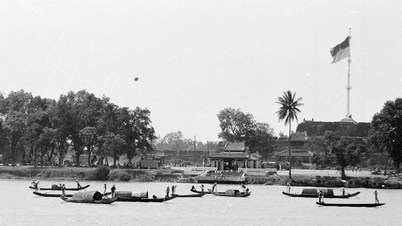

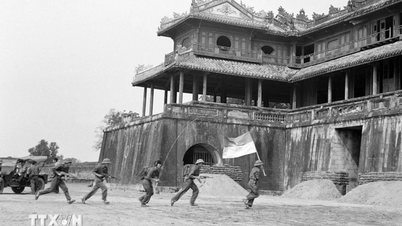



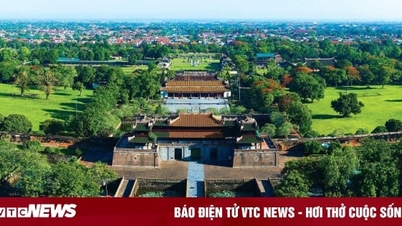



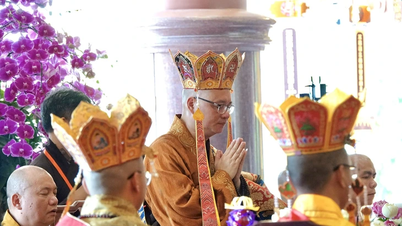
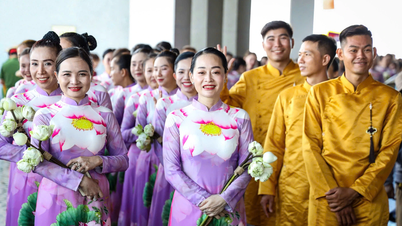
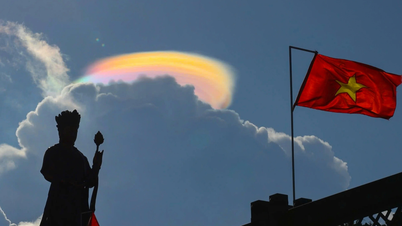
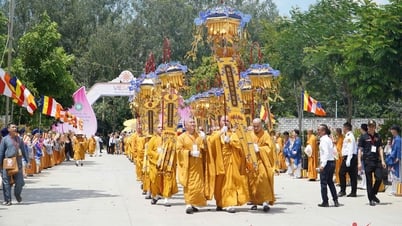
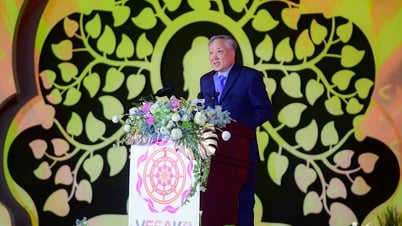










![[Photo] General Secretary To Lam meets with Chairman of the Federation Council, Parliament of the Russian Federation](https://vphoto.vietnam.vn/thumb/1200x675/vietnam/resource/IMAGE/2025/5/10/2c37f1980bdc48c4a04ca24b5f544b33)


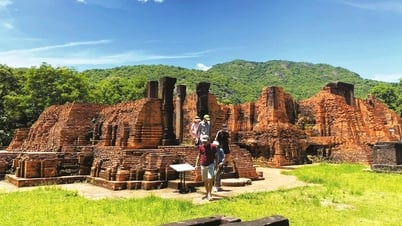

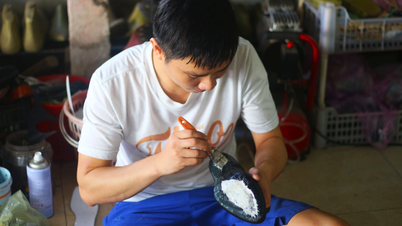





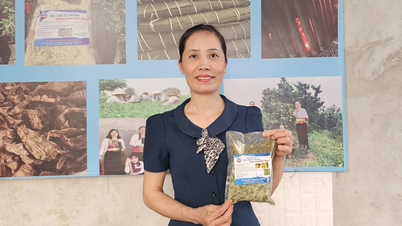




























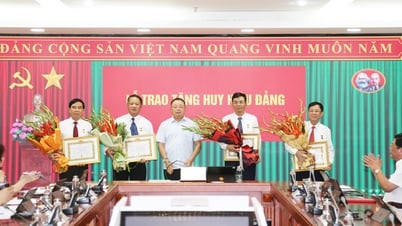


























Comment (0)